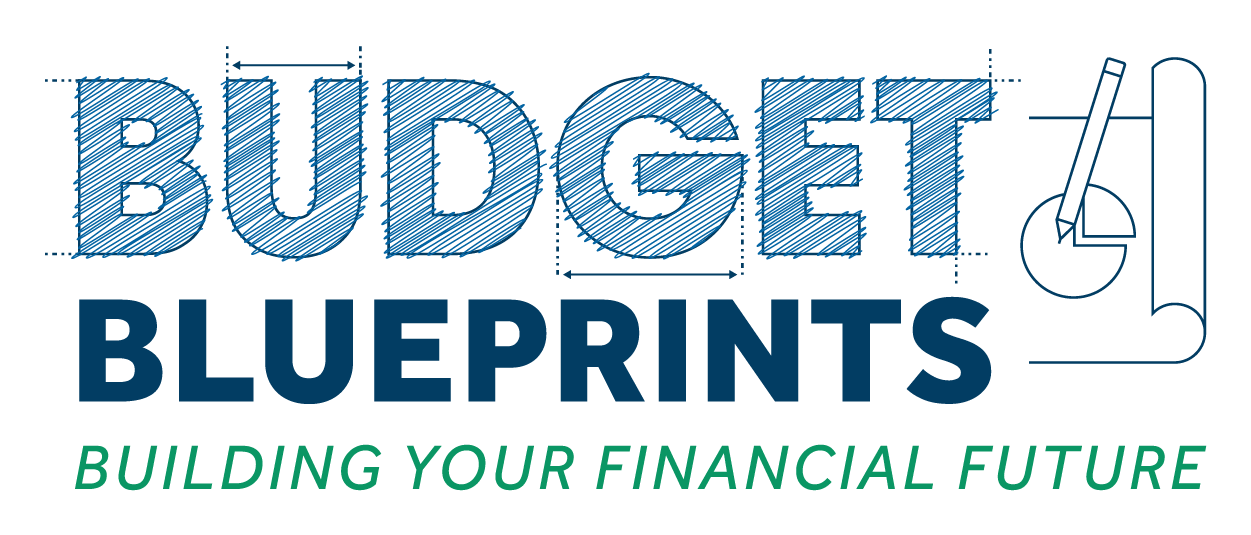A considerable budget impact of the COVID-19 pandemic has been the presidential action that paused student loan payments and interest accrual for individuals with federal student loans. For the past two years, borrowers have not been required to make payments, nor have their outstanding balances accrued any interest. Traditionally, students still in school and utilizing Federal Direct Unsubsidized loans would have accumulated interest as soon as the loans were disbursed. The payment pause allowed borrowers to direct those funds elsewhere in their budgets.
Now, three years — and many extensions later — the payment pause is set to expire. As the repayment pause ends, it’s time to start preparing to make loan payments again. Take advantage of these quick tips to get ready for student loan repayment!
Know your loan details
Two years is a long time to remember all of the payment details for a bill you haven’t been required to pay. Give yourself a refresher on all of your student loan details before you jump into repayment. Look at your interest rate, monthly payment amount, due date, and current repayment plan details. To find this information, log in to studentaid.gov with your FSA ID. Your account dashboard will show your total student loan balance and links to your loan servicer information. Log in to your loan servicer to find additional loan details and payment information for your student loan account.
I know, I know. There are A LOT of details to review, so grab our free Student Loan Organizer worksheet to help guide your account review.

Prepare your budget
Next, determine how much you can afford to pay each month toward your student loans. A lot may have changed financially for you over the last two years, and chances are, your budget looks completely different! To prepare your budget for repayment, start by looking over your spending for the last few months. Actively track your spending and review account statements to get an idea of how your financial priorities might have shifted. Once you have a solid understanding, determine the payment amount you can sustain each month. Referencing the current payment listed on your account, ask yourself, “Is this payment sustainable in my budget?” If the answer is no, adjust your budget or consider changing your repayment plan. Know that it is totally okay to adapt to financial changes as they come. Your budget and the repayment plan you choose are flexible! What’s important is the forward movement toward your repayment goal.
Review or change your repayment plan
Student loan repayment plans are designed to provide borrowers with options based on their unique financial situation. The 10-year standard repayment plan is the most popular, but other income-driven repayment plans are available. Read more on lowering your monthly payment. To view all of the repayment options, log in to studentaid.gov and use the Loan Simulator tool to compare different plans and their estimated monthly payments. To change your repayment plan, contact your student loan servicer.
Create your repayment strategy
Now that you’ve reviewed your loan details and repayment plan options, you can start to formulate your overall student debt payoff strategy! First, identify your repayment goals. Do you want to pay off your student loans as quickly as possible? Are you looking at loan forgiveness programs or a lower monthly payment?
Whatever the strategy, align your budget to make it happen. Consider the following approaches when making your plan:
- Make an extra payment. If paying off your loans as quickly as possible is your goal, consider making an extra principal-only payment each month. This will shorten the length of the loan plus decrease the amount of interest that is accruing on your balance.
- Review your interest. Tackling the loans with the highest interest rates can save you money in interest over the life of your student loan.
- Celebrate small wins. Start attacking the loan with the smallest balance first, then work your way up to the largest balance. This will give you small wins along the way!
Student loan repayment doesn’t have to be complicated or stressful. By taking the time to review your loan details and budget, you can develop a repayment strategy that works for you and be prepared when the repayment pause expires.
We’ve made it easy for you to stay organized, so grab the Student Loan Organizer in our shop!















What do you think?